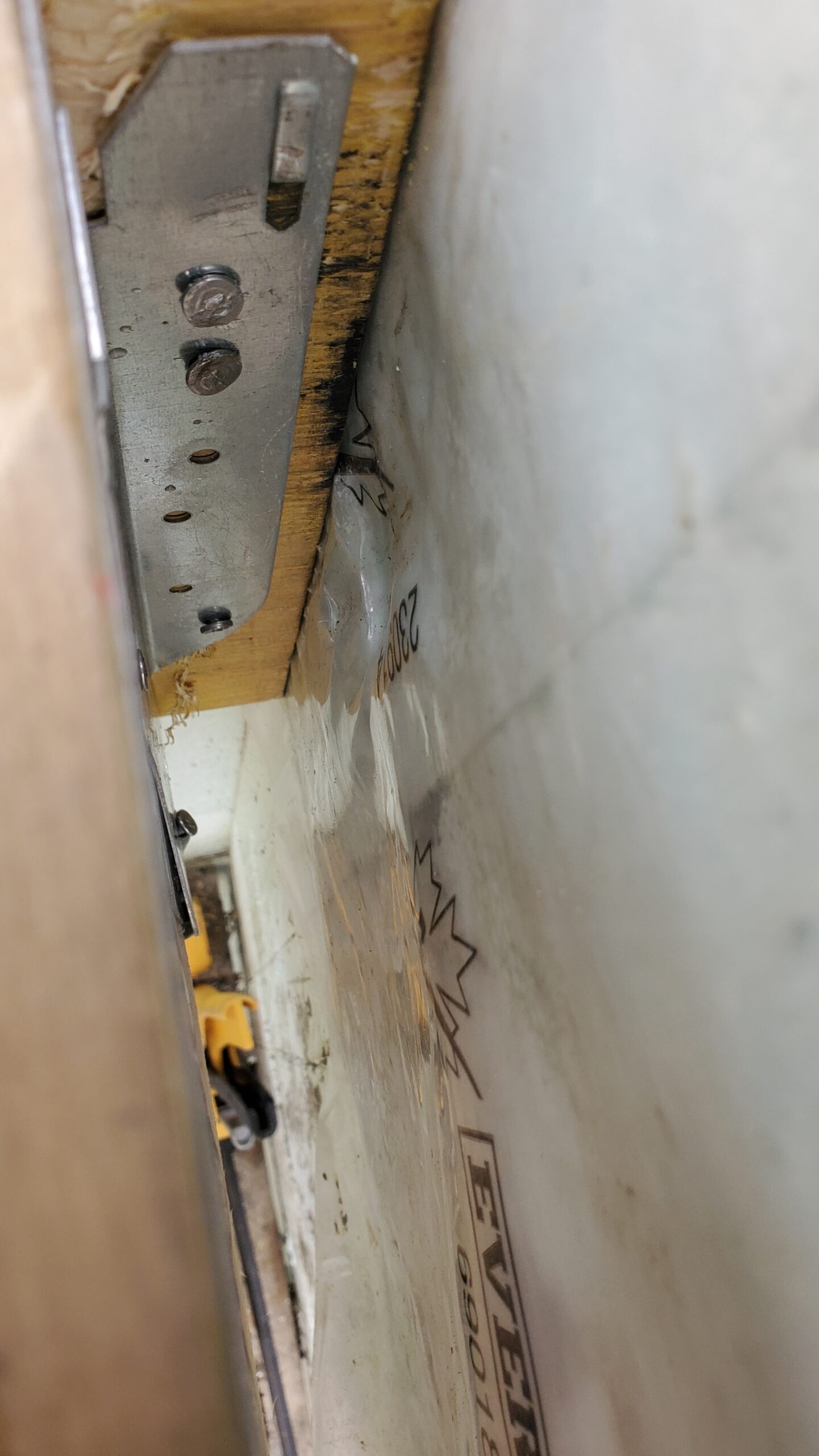When embarking on a home construction project in Edmonton, Alberta, the relationship between ICF (Insulated Concrete Form) foundations and floor trusses is pivotal. Proper planning and collaboration with experienced ICF installers ensure a robust and energy-efficient structure. Let’s delve into the key considerations:
1. The ICF Foundation Advantage
a. Energy Efficiency and Comfort
ICF foundations offer exceptional thermal insulation. They keep homes warm during harsh winters and cool during scorching summers. When combined with radiant in-floor heating, ICF can reduce annual energy bills by up to 50%1.
b. Mold Resistance and Durability
ICF walls are inherently resistant to mold growth due to their solid concrete core. Additionally, they provide excellent sound insulation and withstand the test of time.
2. The Role of Floor Trusses
Floor trusses play a critical role in load distribution and stability. When installing floor trusses adjacent to ICF foundations, consider the following:
a. Proper Spacing
- Hanger Flange Clearance: Ensure sufficient clearance for hanger flanges. This allows secure attachment between the trusses and the ICF walls.
- Collaborate with ICF Installers: Work closely with ICF installers in Edmonton. Discuss the specific project requirements and select the right truss design. Experienced installers understand the nuances of ICF construction and can guide you effectively.
b. Material Selection
- Quality Matters: Opt for reliable and durable floor truss materials. Collaborate with trusted suppliers who offer high-quality products.
- Trimmable Ends: Consider trusses with trimmable ends. This flexibility allows precise fitting and alignment.
3. A Smooth ICF Build
Ensure a seamless ICF build by following these steps:
- Joist Selection: Choose floor trusses or joists that suit the project’s needs. The combination of joist material, spacing, and trimmable ends contributes to stability.
- Subfloor Material: Use a sturdy subfloor material like 1-1/8-inch Advantech. This enhances the overall rigidity of the floor and minimizes deflection.
- Height Alignment: Aim to minimize the height difference between the finished grade and the first-floor elevation. Proper alignment ensures smooth transitions and avoids tripping hazards.
4. Conclusion
In summary, the space between ICF foundations and floor trusses is a critical interface in home construction. By understanding hanger flange clearance, collaborating with installers, and selecting the right components, builders can achieve a robust and energy-efficient floor system. Remember: A well-planned connection ensures that your home stands strong for years to come. 
References:
- Baczek, A. (2021, October 27). ICCF Foundation with Open-Web Floor Trusses. GreenBuildingAdvisor1
Note: This blog post is a fictional creation based on architectural principles and industry practices. Always consult with professionals and follow local building codes for actual construction projects.


